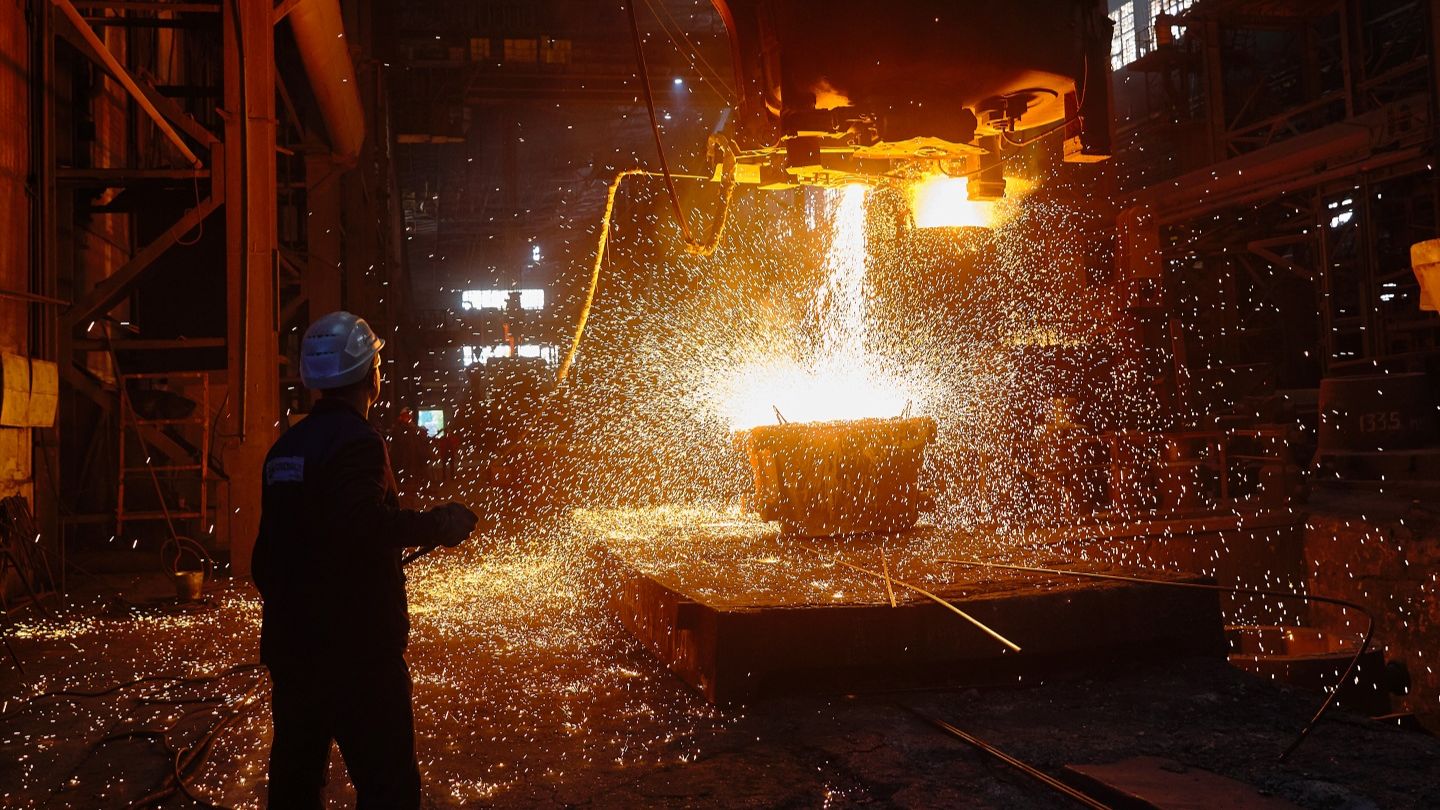Anglo American has provided an update on its performance during 2023 and has also set out capital expenditure and production guidance for the next three financial years. Duncan Wanblad, Chief Executive of Anglo American: “The prospects for mined products have rarely looked better. In the near term, given continuing elevated macro volatility, we are being deliberate in reducing our costs and prioritising our capital to drive more profitable production on a sustainable basis.”
He adds: “We are focused on what we can control – safety, operational discipline and capital allocation. We are confident in our actions to sustain the competitiveness of our world class assets and deliver on our outstanding growth opportunities in the metals and minerals that are so critical now and for generations to come.”
What does this mean on the ground at the mining operations? Starting with Los Bronces, Wanblad said it is a perfect example of the challenges facing the mining industry. “It is 156 years old, and as a result is facing cost pressure from depth and grades. With a reserve life of 34 years and plenty of resources to extend that, it is still an incredible ore body accounting for more than 2% of the world ́s known copper resources. However, the ore in the current mining area is very hard, impacting throughput and costs. It will be at least another two years before we can open up other areas of the mine so that we can blend this ore with higher grade softer ores and maintain production levels. Mine development has also been delayed in the last few years due to both covid-related and permitting delays.”
He adds: “While we work through those challenges in the pit, we are placing the older of the two processing plants on care and maintenance to reduce our operating costs and capex, which will help drive value. As a result of our actions, unit costs will be 15% lower. We will continue to invest in critical projects to enable a swift re-opening of the plant at the right time. Los Bronces remains an incredible ore body and it is important to recognise the merits of having a permitted operation in an established copper jurisdiction. To that end, we will continue to progress the studies for Los Bronces Underground.”
At Quellaveco in Peru, Anglo American has adjusted the mine plan based on the latest geotechnical assessments of a known fault. Wanblad: “Safety must come first – always. But the consequence is that we have rephased ~75,000 t of copper production into 2027. This new plan actually anticipates slightly higher overall volumes than previously forecast over the next five years, reflecting further optimisation of the mine sequence. Given the current copper market outlook, we may well also achieve higher real terms prices for those volumes.”
In South Africa, Transnet’s logistics performance is currently limiting Anglo’s ability to rail mined iron ore volumes at Kumba – and the operation is now stock-bound. “Had that been delivered to port, we would have made significantly more EBITDA. That unsold ore is also a significant blow to the South African fiscus. While the government now recognises the severity of the situation, it will take time for conditions to improve and a longer-term solution to be implemented. As a result, we are focusing on ensuring a balanced value chain through the reconfiguration of the business, including a revised mine plan and structural cost reduction to protect our margin.”
At the steelmaking coal assets, gas, depth and strata issues represent complex geotechnical challenges. Wanblad: “While our mining experience has resulted in improvements in procedures and risk management, we are still some way off where we had hoped to be at this stage. Our priority needs to be delivering safe and stable production and we are now focused on reconfiguring our cost structures for the near and medium term. Operational improvements, debottlenecking and automation represent opportunities to raise the productive capacity of these assets towards 20 Mt – and we are working to define those pathways.”




